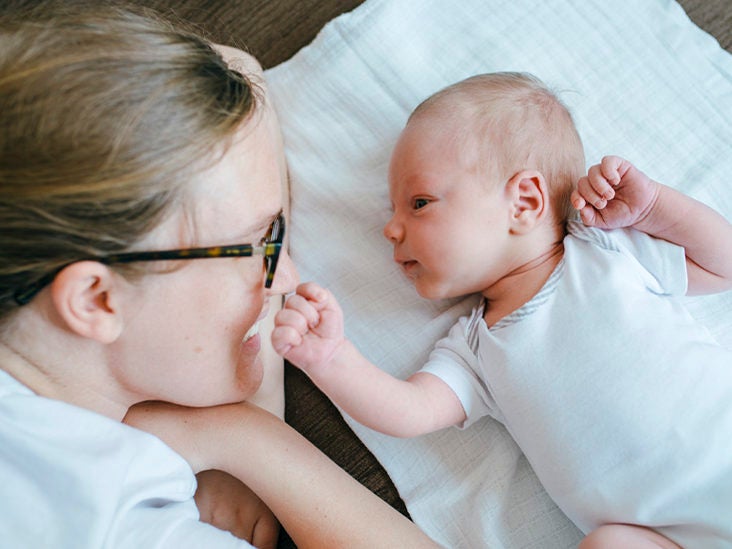Babies are among the most beautiful things in nature. Babies bring happiness and joy into our lives. They are truly a blessing. Have you ever thought about why some children look just like their parents and others do not? Genetics is the answer to this mystery. This article will explain how genetics is a major factor in the appearance of a child and why understanding genes is important.
What is the role of DNA on a baby’s appearance?
The DNA blueprint contains the necessary information to create a person. The DNA code determines the physical characteristics of a child, such as their eye color, hair colour, height and facial features. The DNA code is composed of four nitrogenous base: Adenine, Cytosine, Guanine and Thymine. The nitrogenous bases encode genetic information.
Every cell in our body contains DNA in the form chromosomes. Each cell contains 46 chromosomes, which are arranged into 23 pairs. The 22 autosomes are arranged in 23 pairs, while the sex-chromosomes pair, which determines the baby’s gender, is the other. These chromosomes contain genes that control traits and character.
It is important to understand the gene connection
It is important to understand the genetic connection for many reasons.
- The genetic makeup of both parents can be used to predict future offspring. It is possible to determine the offspring’s appearance by knowing the genetic make-up of both parents. This information can be used to make informed decisions regarding family planning.
- This helps to identify inherited disorders and traits. Understanding the connection between genes and disorders can assist in identifying and treating inherited diseases and traits.
- This helps with personalized medicine. Genetic technology has made it possible for medical treatments to be tailored to an individual’s genetic make-up. It allows for more personalized and effective medical treatments.
How Genetics Influences Baby Appearance
The genetics of a child’s physical appearance is crucial. Genetics can influence physical traits such as:
- The genes in DNA determine the color of the baby’s eye. The eye-color gene is found on chromosome 15, and it has many variations.
- Hair color: Just like eye color, the color of hair is determined by genes in DNA. Hair color genes are found on chromosome 16. The presence of various variations in these genes will determine the hair color.
- Face Features: Genes in DNA determine the shape and structure of the baby’s facial features. These genes are found on different chromosomes, and they determine how the face will look.
- Height: Another physical characteristic influenced by genes is height. Height genes are found on different chromosomes. They determine the height of an individual.
What other factors influence baby appearance?
Other factors can have a big impact on a child’s look. They include:
- Factors in the environment: Environmental elements such as exposure to toxins or chemicals can influence the physical development of your baby. Exposure to lead at high levels can result in developmental delays or changes in appearance.
- Health Factors: A mother’s state of health during pregnancy may also affect a child’s physical appearance. Poor nutrition, for example, or certain infections may affect a child’s appearance.
- Age of parents: Parents’ age can influence the appearance of a child. The appearance of a child can be affected by genetic mutations in older mothers and fathers.
The conclusion of the article is:
It is crucial to know the connection between genes and a child’s physical appearance. The advancement in genetic technology has made it possible to predict future appearances and understand a person’s genetic makeup.
